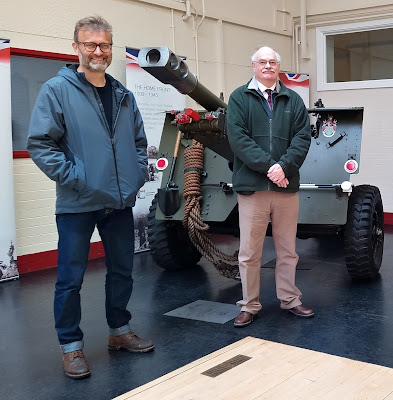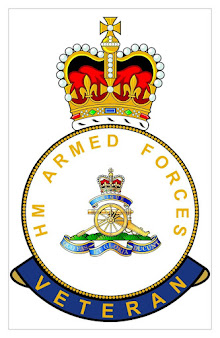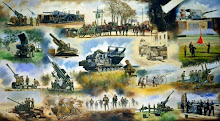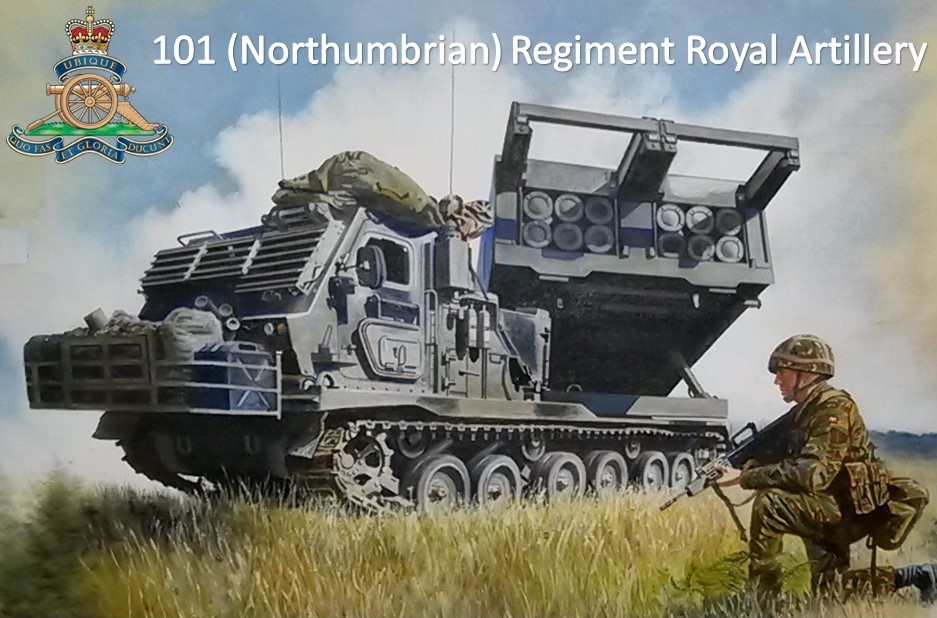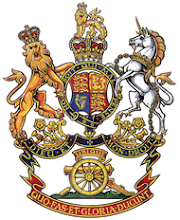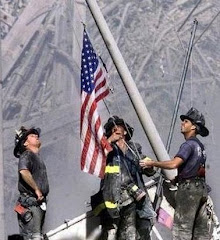| Ex Trenches Reflect |
Wednesday 28 October 2015
Tuesday 27 October 2015
Ex Trenches Reflect - Mining Warfare
The use of Tunnels in warfare goes back over 3,000 years when they were originally used to undermine the foundations of defenders walls. As the Western front developed into a continuous line of trenches it was not surprising that tunnels were once again used in what was effectively siege warfare.
The method was to dig tunnels towards the enemy, digging chambers under their front line, filling then with explosives, then detonating them. The first use of military mining against British and Commonwealth troops occurred on 21st December 1914 when the Germans exploded ten small but deadly mines beneath the primitive trenches of the Indian Sirhind Brigade at Givenchy-lès-la Bassée.
Following further mining action by the Germans, the first tunnelling companies of the Royal Engineers were formed in early 1915 and were at work in Flanders by March. Underground warfare began with each side trying not only to destroy defences on the surface, but each others tunnels and tunnellers.
By mid 1916, there were around 25,000 tunnellers .
The method was to dig tunnels towards the enemy, digging chambers under their front line, filling then with explosives, then detonating them. The first use of military mining against British and Commonwealth troops occurred on 21st December 1914 when the Germans exploded ten small but deadly mines beneath the primitive trenches of the Indian Sirhind Brigade at Givenchy-lès-la Bassée.
Following further mining action by the Germans, the first tunnelling companies of the Royal Engineers were formed in early 1915 and were at work in Flanders by March. Underground warfare began with each side trying not only to destroy defences on the surface, but each others tunnels and tunnellers.
By mid 1916, there were around 25,000 tunnellers .
| Tunnel to mine face |
| Canaries |
| Mine face |
| Tunnelling |
| Exiting the mine |
| Staffordshire Sap |
*
Ex Trenches Reflect - Artillery
Artillery dominated the Great War. In 1914 the Royal Artillery consisted of 554 Batteries, by 1918 the Royal Regiment more than trebled in size to 1, 796 Batteries. Much of the growth was in heavy artillery, 6 siege batteries in 1914, 400 by 1918.
On 22nd August 1914 E Battery RHA fired the first British artillery round on the Western Front. Mons - First British Artilley round on Western Front. Over the period of the war from 1914 - 1918 over 170,000,000 rounds had been fired.
On 22nd August 1914 E Battery RHA fired the first British artillery round on the Western Front. Mons - First British Artilley round on Western Front. Over the period of the war from 1914 - 1918 over 170,000,000 rounds had been fired.
| The Ritz - Luxury ! |
| Command Post |
 |
| Identifying the Target |
 |
| Fire Mission Battery |
 |
| Shot |
 |
| Target Round |
Ex Trenches Reflect - GAS
Around 17:00 22nd April 1915 the Germans released Chlorine Gas near the hamlet of Gravenstafe, 5 km north of Ypres. The gas had been carried in 5,730 cylinders which were opened by hand, the prevailing wind carrying the gas towards the French and British troops dug in on the northern edge of the Ypres Salient.
This was the first successful use of gas in warfare and it's effect caused many casualties amongst the French Territorials and Moroccan Divisions and caused them to flee the battlefield. To their east, the Canadians held firm, improvising crude protection to allow them to stay in position
The use of Gas led to the hasty development of protection.
Source: Soldier of Fortue http://www.sofmilitary.co.uk/
The First use of poison gas by the British was the in the Battle of Loos 25 September – 15 October 1915
Gas Attack - Exercise Trenches
 |
| Germans releasing Gas Ypres 22nd April 1915 |
 |
| Gas from cylinders |
 |
| Canadian soldiers Gas Attack April 1915 |
Source: Soldier of Fortue http://www.sofmilitary.co.uk/
One of the earliest gas masks to offer protection from gas attacks was
first used in May 1915, the "Black Veil Respirator" .The basic design offered limited
protection from poisonous gasses and only effective if used and worn
correctly, so it was only efficient when used by well-disciplined soldiers.
The
respirator was basically a face mask filled with wool waste which was
impregnated with Sodium Hyposulphite, Sodium Carbonate, Glycerine and water. The impregnated wool padded section was part
of a length of cotton, the rest of the length cotton was used to tie the mask around the face. Rubber gas goggles were issued with the Black Veil mask
 |
| Black Veil Respirator and Goggles |
 |
| Black Veil Respirator |
 |
| Gas Goggles |
Eventually
the "Black Veil Respirator" was replaced by the WW1 British Army
Smoke/Hypo hood. The
Smoke hood was also known as the Hypo Helmet. The original smoke
hood was made of grey flannel fabric with a celluloid one-piece
window. The grey flannel helmet was dipped in sodium hyposulphite (which is
where it gets it Hypo helmet name from) which would prevent certain
gases getting through the hood. The Hypo helmet did not protect against
lachrymators (Tear Gas).
Although the design was an improvement over the Black Veil Respirator it was still not the best designed anti gas hood as it was too stuffy to wear for long periods of time. The Smoke hood was first issued on May 8th 1915.
 |
| Smoke Hood |
The
P Hood and the PH Hood are the same (gas masks) Helmets,the only difference is that the later pattern was dipped in an extra
chemical for extra protection.
The
P (Phenate) Helmet first appeared in July 15th 1915 and replaced the H (Hypo)
Helmet/Hood. It was an improvement over the H Helmet by having two glass
(mica) eyepieces instead of the single one-piece visor and a exhaust valve fed
from a metal tube which the soldier held in his mouth on the inside. It was
also made from a double layer Greyback wool fabric one layer was impregnated with
chemicals the other layer was not.The
cloth on the P Helmet was dipped in Sodium Phenolate and Glycerin which
protected the soldier from Chlorine and Phosgene.
 |
| PH Hood |
 |
| PH Hood |
 |
| Battle of Loos 25th September 1915 |
The
PH (Phenate Hexamine) Helmet replaced the P Helmet in October 31st 1915
and was the same but was also dipped with added chemical Hexamethylene
Tetramine which greatly improved the wearer against Phosgene and added
protection from Hydrocyanic Acid. It was replaced by the SBR but it did remain
in service with second line troops, until the end of the war.
The British Small Box
Respirator (SBR) was designed in 1916 and began service by the end of the year.
 |
| British Small Box Respirator (SBR) |
A canvas covered rubber hose attached the mask to the canister. The mask was
made of thinly rubberised canvas. The whole lot was contained in the canvas
bag. The bag was hung from an adjustable strap.
 |
| British troops in action with Small Box Respirator |
| Gas Cloud approaches the Trenches |
| Gas nears the Trench |
| Gas entering the Trench |
Ex Trenches Reflect - Trench Life
Reconnaissance for trench occupation......Platoon Commander briefs Section Commanders
Main body moves into the trench......
Stand To... ensure everyone knows their position in case of an attack.......
Familiarisation with the Area Of Responsibility ......Observe the Ground and the Enemy
No Mans Land and the German Defences......
For the Officers....Orders from HQ......Reports and Returns
Parcels from home......Comforts in the trenches
Unfortunately someone always wants to spoil your day......GAS GAS GAS .. Gas Attack
Evening Meal......
Night Patrols.......checking the wire prior to the attack the following morning......
And finally ......Sleep !
#
Main body moves into the trench......
Stand To... ensure everyone knows their position in case of an attack.......
Familiarisation with the Area Of Responsibility ......Observe the Ground and the Enemy
No Mans Land and the German Defences......
Settle into Trench Routine......Field Service card to send home.. Ammunition to prepare
For the Officers....Orders from HQ......Reports and Returns
Parcels from home......Comforts in the trenches
Unfortunately someone always wants to spoil your day......GAS GAS GAS .. Gas Attack
Evening Meal......
Night Patrols.......checking the wire prior to the attack the following morning......
And finally ......Sleep !
#
Subscribe to:
Posts (Atom)




